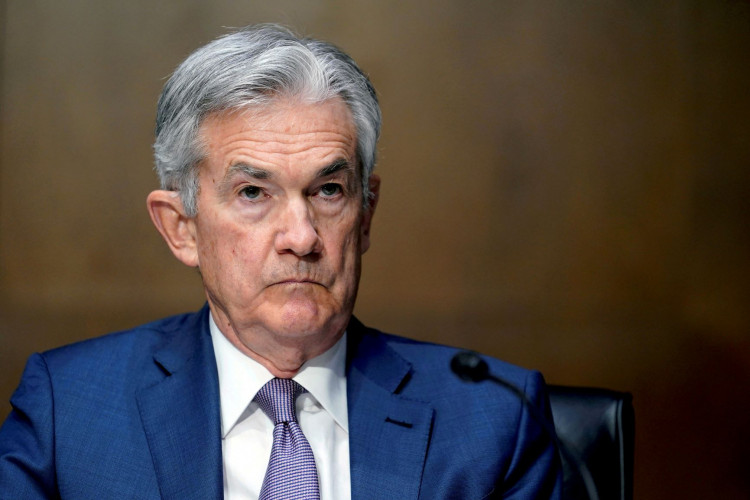Federal Reserve Chair Jerome Powell hinted at imminent interest rate cuts during his keynote address at the Fed's annual retreat in Jackson Hole, Wyoming. While Powell refrained from specifying the exact timing or magnitude of the cuts, his message was clear: the central bank is ready to shift its focus after a prolonged period of aggressive rate hikes aimed at taming inflation.
"The time has come for policy to adjust," Powell stated, emphasizing that future rate decisions will be closely tied to incoming economic data and the evolving outlook. This marks a turning point in the Fed's strategy, which has been primarily focused on curbing inflation that surged to its highest levels in over four decades. With inflation showing signs of easing and the labor market stabilizing, Powell indicated that the Fed could now afford to balance its dual mandate more evenly, ensuring both price stability and full employment.
Markets responded positively to Powell's remarks. The anticipation of rate cuts sent stocks higher and Treasury yields plummeting. Traders are now pricing in a high likelihood of at least a quarter-point rate reduction as early as the Fed's next policy meeting in September, with some even speculating on a potential half-point cut.
Powell's speech comes at a time when inflation has been steadily retreating towards the Fed's 2% target. The Fed's preferred inflation gauge, the Personal Consumption Expenditures (PCE) price index, recently registered at 2.5%-a significant decline from its peak of over 7% in mid-2022. Powell credited this progress to the unwinding of pandemic-related disruptions in supply chains and labor markets, which had previously driven prices sharply higher.
"The FOMC [Federal Open Market Committee] did not flinch from carrying out our responsibilities, and our actions forcefully demonstrated our commitment to restoring price stability," Powell said. He also noted that the Fed's efforts to anchor inflation expectations had allowed for disinflation without triggering a recession, a rare achievement that has fueled hopes for a "soft landing" in the economy.
Despite these positive developments, Powell cautioned that the Fed's work is not yet complete. He acknowledged that while inflationary pressures have subsided, the central bank must remain vigilant in ensuring that price stability is maintained without compromising economic growth. This cautious approach is reflected in the Fed's decision to wait for more data before committing to a specific timeline for rate cuts.
Powell's address also included a reflective assessment of the factors that contributed to the inflation surge. He admitted that the Fed, like many other central banks and economists, initially underestimated the persistence of inflation, viewing it as a "transitory" effect of the pandemic. "The good ship Transitory was a crowded one," Powell quipped, acknowledging the widespread misjudgment.
As the Fed prepares to ease monetary policy, questions remain about the potential impact on the broader economy. While the central bank has successfully navigated the initial phase of its inflation fight, the path forward is fraught with uncertainty. Economic growth has been solid so far, but the job market's recent slowdown raises concerns about the sustainability of consumer spending, which accounts for about 70% of U.S. economic activity.
Retailers have reported mixed signals, with some, like Walmart, posting strong earnings, while others, like Home Depot, have noted more cautious spending patterns among consumers. The Fed will need to carefully monitor these trends as it adjusts its policy stance.






